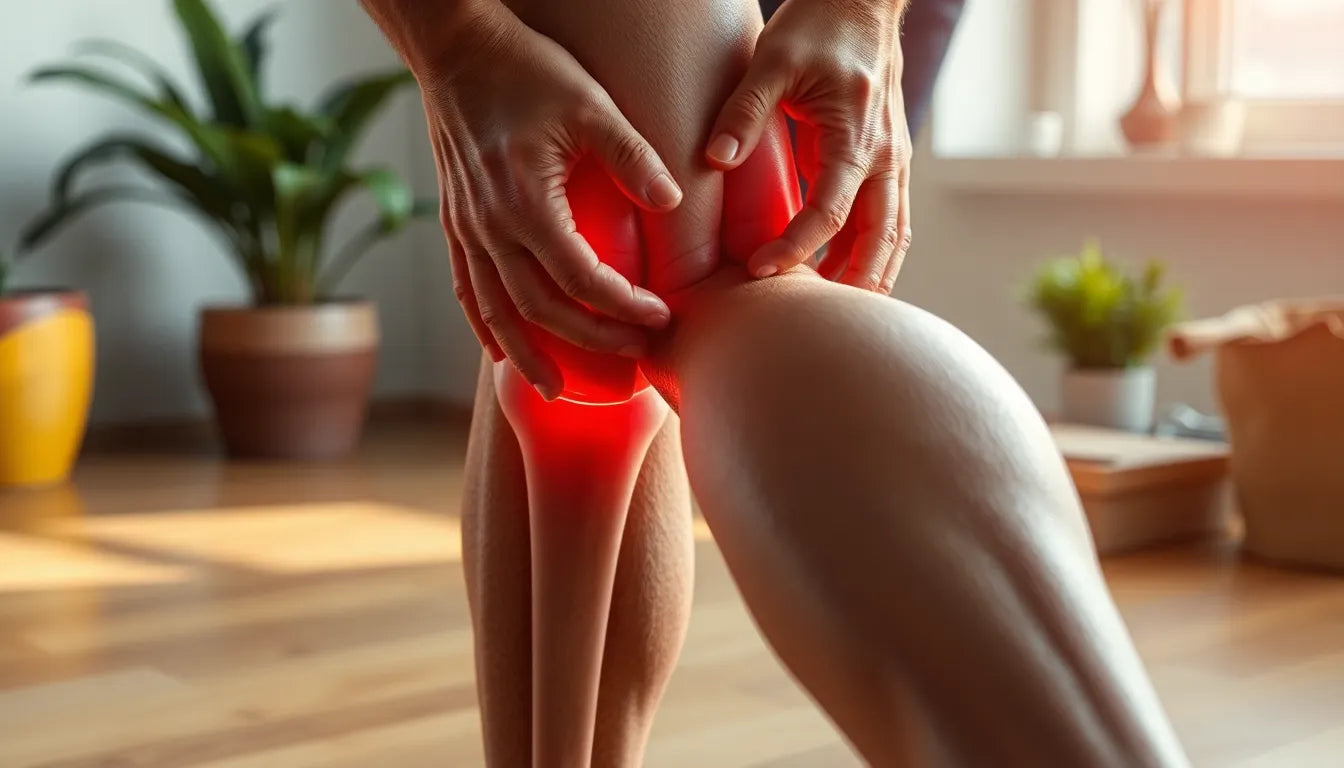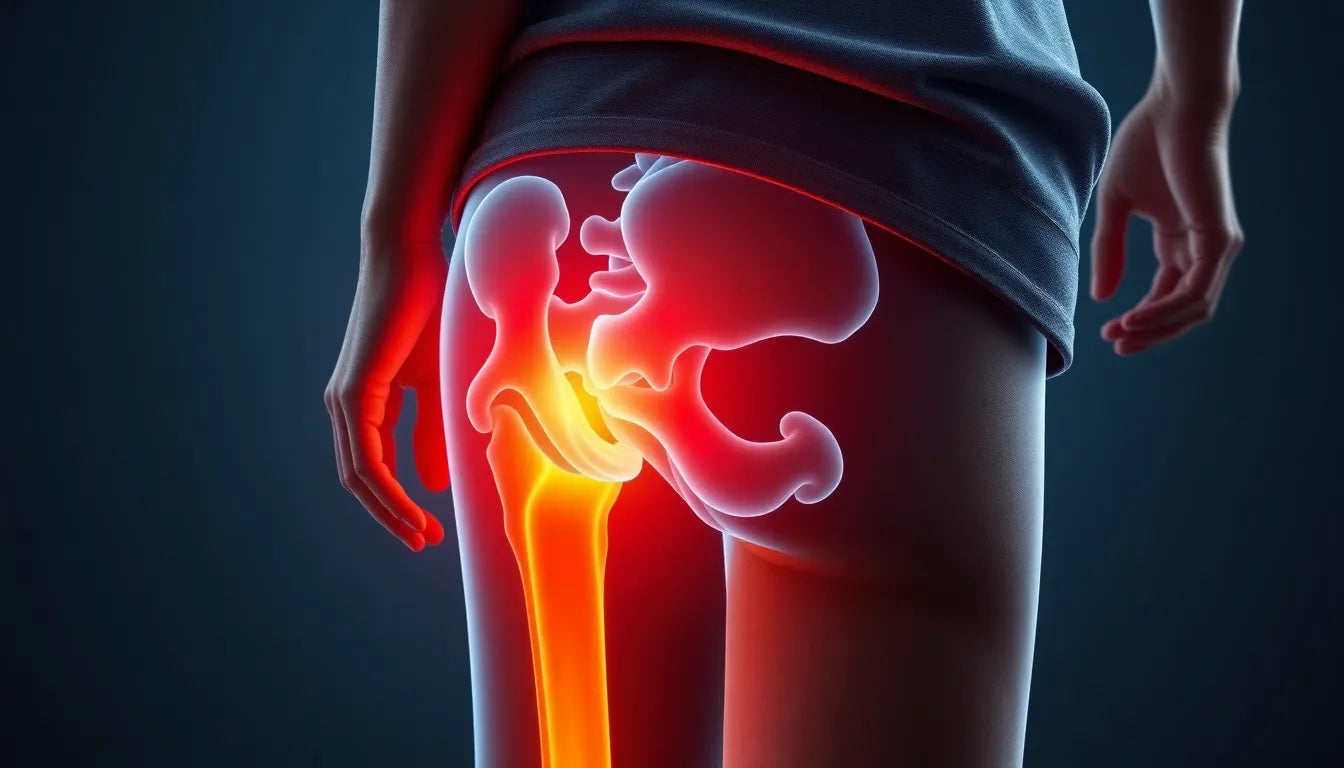Neuropatiske smerter, or neuropathic pain, is a complex and often misunderstood condition that affects countless individuals worldwide. Unlike traditional pain, which typically arises from tissue damage or inflammation, neuropathic pain stems from injury or disease affecting the nervous system. This type of pain can be both persistent and debilitating, significantly impacting a person's quality of life. Understanding the nuances of neuropathic pain is essential for effective diagnosis and treatment, yet its intricate nature often poses challenges for both patients and healthcare providers.
defining neuropathic pain and its classifications
At its core, neuropathic pain is characterized by pain resulting from damage to or dysfunction of the somatosensory system. This system is responsible for processing sensory information, such as touch, temperature, and pain, and when disrupted, it can lead to abnormal pain signals. Neuropathic pain is broadly classified into two categories: central and peripheral.
Central neuropathic pain originates from the brain or spinal cord. Conditions such as multiple sclerosis or spinal cord injuries are common causes. In contrast, peripheral neuropathic pain arises from nerves outside the central nervous system. This type is often associated with conditions like diabetes, where nerve damage occurs due to prolonged high blood sugar levels.
the importance of understanding neuropathic pain
The chronic nature of neuropathic pain means it can persist long after the initial injury or disease has healed, making it a constant companion in the lives of those affected. This persistent pain can lead to a host of secondary issues, including sleep disturbances, anxiety, and depression, further complicating the individual's overall health. The impact on daily functionality cannot be overstated, as even simple tasks may become insurmountable challenges for those living with this condition.
Addressing neuropathic pain requires a comprehensive understanding of its underlying mechanisms and manifestations. By doing so, individuals and healthcare providers can better navigate the complexities of diagnosis and tailor treatment plans to the specific needs of the patient. Effective management of neuropathic pain not only alleviates physical discomfort but also improves mental well-being and enhances the overall quality of life.
In conclusion, neuropathic pain represents a multifaceted challenge in the realm of chronic pain management. Its intricate nature demands a nuanced approach to both diagnosis and treatment, underscoring the importance of continued research and awareness. By shedding light on this often-misunderstood condition, we can pave the way for more effective interventions and ultimately, a path to relief for those who suffer from neuropathic pain.
in-depth understanding of neuropathic pain symptoms
Neuropatiske smerter, or neuropathic pain, manifests in various ways, often making it a challenging condition to diagnose and manage. Common symptoms include burning sensations, stabbing pain, and tingling or shooting discomfort. These symptoms can vary in intensity and may be constant or episodic, adding to the complexity of the condition.
In addition to these typical symptoms, individuals with neuropathic pain may experience sensory distortions. Allodynia is one such phenomenon where a person feels pain from stimuli that are not usually painful, such as a light touch. Hyperalgesia, on the other hand, refers to an increased sensitivity to painful stimuli, where the pain response is exaggerated.
exploring the causes and risk factors
The causes of neuropathic pain are diverse, contributing to its intricate nature. Conditions such as diabetes, multiple sclerosis, and traumatic injuries are common culprits. Diabetes, in particular, can lead to peripheral neuropathy due to prolonged high blood sugar levels damaging the nerves. Similarly, multiple sclerosis can cause central neuropathic pain due to its impact on the brain and spinal cord.
Post-surgical nerve damage is another potential cause, where nerves are inadvertently harmed during medical procedures. Additionally, certain risk factors may predispose individuals to develop neuropathic pain, including advanced age, genetic predispositions, and lifestyle factors such as smoking and excessive alcohol consumption.
diagnosis and clinical signs
Diagnosing neuropathic pain requires a comprehensive approach, often starting with a detailed patient history and thorough physical examination. Clinicians look for specific patterns in pain description and may use diagnostic tools such as nerve conduction studies or electromyography to assess nerve function.
Indirect signs like changes in skin, hair, and nails can also provide clues. These changes may occur due to autonomic nerve disruption, resulting in altered blood flow and sweating patterns, which affect the skin's appearance and texture.
treatment approaches for neuropathic pain
Managing neuropathic pain effectively involves a combination of non-pharmacological and pharmacological treatments. Non-pharmacological treatments include cognitive behavioral therapy, which helps patients cope with the psychological impact of chronic pain. Physical therapy and ergonomic interventions can also aid in alleviating discomfort and improving mobility.

Lumbar support belt
Provides adjustable lower back support for pain and tension relief during daily activities.
Pharmacological treatments often involve first-line medications such as gabapentin, pregabalin, serotonin-norepinephrine reuptake inhibitors (SNRIs) like duloxetine and venlafaxine, and tricyclic antidepressants (TCAs) such as amitriptyline. These medications work by modulating pain signals in the nervous system, providing relief for many individuals.
In cases where traditional treatments are ineffective, procedural treatments like neuromodulation may be considered. This involves the use of devices that deliver electrical impulses to nerves, altering pain signals and offering relief in refractory cases.
self-help and lifestyle adjustments for relief
In addition to medical treatments, lifestyle changes play a crucial role in managing neuropathic pain. Regular exercise, tailored to the individual's capabilities, can improve physical function and reduce pain perception. Ergonomic aids, such as memory foam seating and supportive footwear, can alleviate discomfort and enhance daily activities.

Men's Posture Shirt™ - White
Patented NeuroBand™ shirt helps improve posture and relieve pain/tension for men.
Moreover, stress management techniques such as meditation, yoga, and mindfulness practices can help reduce the psychological burden of chronic pain, contributing to overall well-being. By adopting a holistic approach that combines medical, psychological, and lifestyle interventions, individuals can better manage neuropathic pain and improve their quality of life.
the impact of chronic neuropathic pain
Living with chronic neuropathic pain can be an overwhelming experience that affects various aspects of daily life. The persistent nature of this pain can lead to significant mental health challenges, including anxiety and depression. These psychological effects often create a cycle where pain exacerbates mental distress, and mental distress, in turn, intensifies the perception of pain. This cycle underscores the necessity of a holistic approach to pain management, which integrates medical, psychological, and lifestyle interventions to address both the physical and emotional dimensions of neuropathic pain.
Chronic neuropathic pain can also limit daily activities, making it difficult for individuals to engage in work, social interactions, and hobbies. The constant discomfort may lead to fatigue and decreased motivation, further isolating those affected. Therefore, adopting a comprehensive pain management plan that includes support from healthcare professionals, family, and friends is crucial in improving quality of life.
emerging treatments and trends
As research into neuropathic pain continues, emerging treatments and trends offer new hope for those affected. Topical therapies, such as capsaicin and lidocaine patches, provide localized relief by targeting specific areas of pain. These treatments can be particularly beneficial for individuals who experience side effects from systemic medications.
Integrative approaches, which combine traditional medical treatments with alternative therapies, are gaining traction. Techniques such as acupuncture, massage therapy, and chiropractic care are being explored for their potential to enhance pain relief and improve overall well-being. Additionally, advancements in neuromodulation technology, including spinal cord stimulators and transcutaneous electrical nerve stimulation (TENS), offer new avenues for managing refractory cases of neuropathic pain.
frequently asked questions
What is the difference between neuropathic and nociceptive pain?
Neuropathic pain arises from damage to the nervous system, leading to abnormal pain signals. In contrast, nociceptive pain results from tissue damage or inflammation, such as a sprained ankle or a cut. While neuropathic pain is often described as burning or tingling, nociceptive pain is typically throbbing or aching.
Which foods may help or worsen neuropathic pain?
Certain foods can influence neuropathic pain levels. Anti-inflammatory foods, such as omega-3-rich fish, nuts, and leafy greens, may help reduce pain. Conversely, processed foods high in sugar and trans fats may exacerbate inflammation and worsen pain symptoms.
How can ergonomic aids support those with neuropathic pain?
Ergonomic aids, such as supportive seating, adjustable desks, and cushioned mats, can alleviate discomfort by promoting proper posture and reducing strain on the body. These aids are particularly beneficial for individuals with neuropathic pain who spend extended periods sitting or standing.
Can stress management techniques help with neuropathic pain?
Yes, stress management techniques can play a significant role in managing neuropathic pain. Practices such as mindfulness meditation, deep breathing exercises, and yoga help reduce stress and promote relaxation, which can diminish the perception of pain and improve overall well-being.
What should I expect from a pain management plan?
A comprehensive pain management plan typically includes a combination of medical treatments, lifestyle modifications, and psychological support. Patients can expect to set realistic goals, undergo regular assessments, and receive guidance on medication, therapy, and self-care strategies to effectively manage their neuropathic pain.
Kilder
- Sundhedsstyrelsen (2018). "Neuropatiske smerter med fokus på håndtering af farmakologisk behandling i almen praksis." Sundhedsstyrelsen.
- Apollo Hospitals. "Neuropathic Pain: Causes, Treatment, and Medication." Apollo Hospitals.
- NKSK. "Neuropatiske smerter." NKSK.
- NNBV. "Behandling af neuropatiske smerter." NNBV.
- Medicin.dk. "Neuropatiske smerter." Medicin.dk.


















